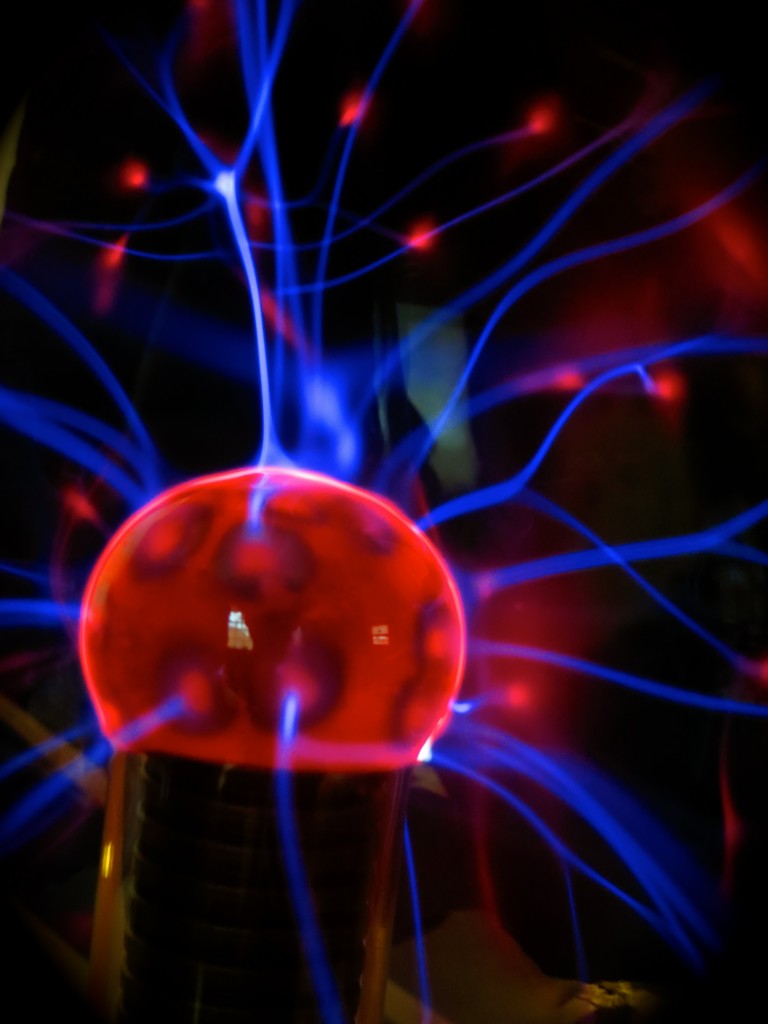I spent 12 years as a reporter in Japan working for the largest newspaper there–actually, the largest newspaper in the world. And there was a time when I was the beneficiary of Japan’s much criticized 記者クラブ system (Press Club). While the system can and does restrain the press, it also allows reporters access to people and news in a timely fashion that would be difficult to do otherwise in Japan’s highly centralized news industry. It’s a great means of developing sources, especially if you plan to leave the womb someday. (Most reporters don’t.)
However, now that I’ve been out of the system for a few years, I see how it warps and cripples press freedom in Japan, especially for free-lance journalists and the weekly magazines. The odious 個人情報保護法 (personal information protection act) which was the brain-child of Prime Minister Mori, who got tired of the weekly magazines writing about his yakuza connections, also has done a considerable damage to press freedom as well. The DPJ is working on a new law that will further damage the right of the Japanese people to know what the government and corporations running the country are actually doing.

On that note, I’ll get back on topic. Reporter Without Borders (国境無き記者団)aka RSF, released a statement today protesting TEPCO and Japanese government restrictions on free-lance reporters covering the aftermath of the triple meltdown, corporate malfeasance at TEPCO, and general incompetence and cronyism in the Japanese government. The entire statement is here:
All opinions on the subject would be appreciated.
Reporters Without Borders denounces the discriminatory measures taken by the Tokyo Electric Power Company (TEPCO) and the Japanese government against freelance journalists.
Only two Japanese freelances will be included among 40 accredited to the third media visit on 26 May to the Fukushima Daiichi nuclear power plant, badly damaged by the March 2011 earthquake and tsunami.
Although some photographers and camera operators will be present, neither of the two freelances will be allowed to use still cameras or video equipment.
One of them, Hatakeyama Michiyoshi, told Reporters Without Borders that a quota of four video journalists and four photographers had been set for the visit but the two who were not affiliated to news organizations would not be allowed to take any equipment.
“Such overt discrimination is a hidden form of censorship and is unacceptable,” Reporters Without Borders said.
“A year after the nuclear accident, the authorities and TEPCO are still maintaining excessive control over information about the plant and the human and environmental impact of the meltdown of its reactors.
“None of the arguments presented by government officials is valid. The right of access to information, which is meant to be guaranteed by clause 21 of the constitution, applies to all those who work in the media and to citizen journalists, not a select few.
“It is understandable that, for logistical reasons, restrictions should apply to visits but they should not be biased against freelance or foreign journalists. We urge the government to halt such discriminatory restrictions and to allow more freelance journalists to take part in the visit on 26 May.
“For their part, the two freelances who have been accredited should be allowed to take photo equipment.”
In a telephone conversation with Reporters Without Borders yesterday, the MP Yasuhiro Sonoda, parliamentary secretary at the cabinet office, put forward several arguments to support the ban on journalists taking photo and video equipment.
Referring at first to a lack of space, despite the fact that the journalists would be using two buses specially chartered for the visit, he then indicated the problem was one of time. He said photo and video equipment would have to be protected from the radiation present at the site and too large a quantity of apparatus would drastically lengthen the time needed to prepare for the visit.
The freelance Michiyoshi explained that, during the visit, the journalists would be equipped with protective suits allowing that them to spend 10 minutes at a distance of 70 to 80 metres from the building housing reactor number 4.
It was not the first time TEPCO and the Japanese government had taken discriminatory action against the media. During the second media visit to the site in February this year, for foreign journalists not included in the first visit, the organizers insisted on checking video images before they were broadcast.
Faced with objections by members of the Foreign Press Club, the Foreign Press Center and the Foreign Correspondents’ Club of Japan, the requirement was withdrawn.
A year after the nuclear disaster, restrictions on freelance journalists remain stricter than those that apply to journalists affiliated to a news organization. The foreign media are still largely under-represented.
Japan is ranked 22nd of 179 countries in the 2011-2012 World Press Freedom Index compiled by Reporters Without Borders.

I’d recommend the reporters try and push their luck; try and enter the facilities with recording devices, and if refused, claim your rights under Articles 14 (Equality under the law) and 21 (see above). Or just go with the status quo (the more likely scenario.
Honestly, I think things have to get worse before they get better.
Manly men only: CJ’s Twitter account @cjinasia was hacked so now he’s switched to @cjglobalite, where in his first post he makes the fatuous boast of swimming amid the crocs, a trés awesome claim that if true, will stand among his pantheon of other undocumented, manly pursuits, such as war reporter extraordinaire.
Ahem. Well, there’s no evidence to refute that he swam with the crocodiles. We can only wish him good luck in pursuing adventure type journalism.